CO2 vs. Erbium:YAG - Which Laser Skin Resurfacing is Better?
2025-08-19
This article is based on a presentation for the 2025 Korean Society for Laser Medicine and Surgery and is written by a board-certified plastic surgeon Dr. Park to provide expert medical information.
Have you found that skin rejuvenation treatment like Ultherapy or Thermage aren't enough to resolve deep-set wrinkles or uneven skin texture?
If you're seeking a more definitive improvement, you may have considered ablative laser skin resurfacing.
But with a confusing array of options like CO2, Erbium:YAG, and Fraxel, it's hard to know which is right for you and what the risks are. At Noonopi Plastic Surgery, we're here to provide a clear, expert guide to help you navigate these powerful treatments.

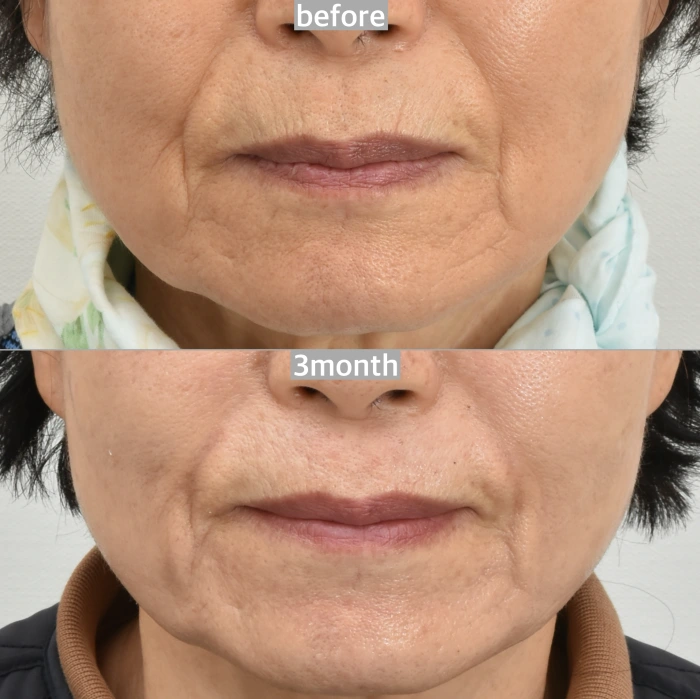
What is Ablative Laser Skin Resurfacing?
An ablative laser is a device that works by precisely vaporizing the outer layers of the skin. This process removes old, damaged skin cells and, more importantly, stimulates a powerful collagen-remodeling response in the deeper dermis. The result is the growth of new, smoother, healthier skin.
Think of it like sanding a rough piece of wood to reveal a smooth, polished surface. This is the principle behind effective treatments for deep wrinkles, acne scars, and other significant textural issues.
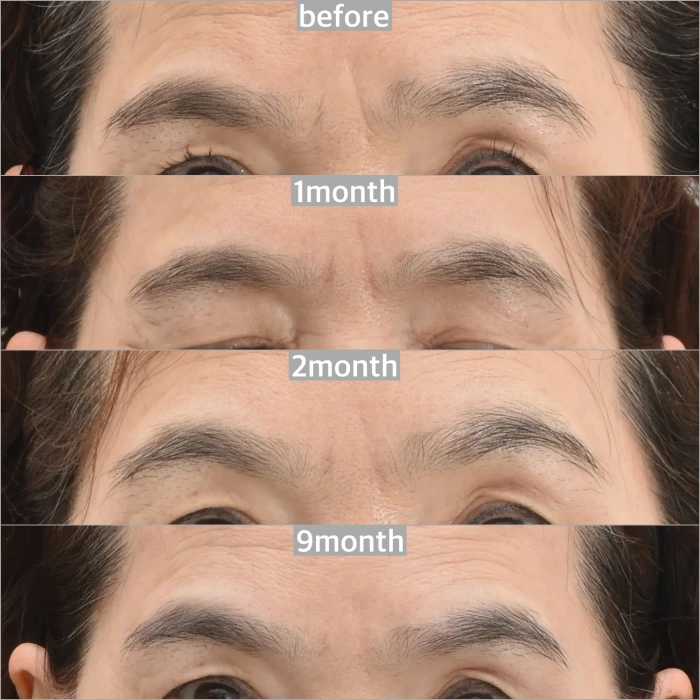
Wait, Isn't Resurfacing Outdated? The Comeback of a Classic.
Ablative laser resurfacing was incredibly popular in the 1990s but fell out of favor for a time, especially in Korea. The primary reason was the risk of Post-Inflammatory Hyperpigmentation (PIH), a side effect where the treated skin becomes darker. This risk is significantly higher in Asian skin types compared to Caucasian skin.
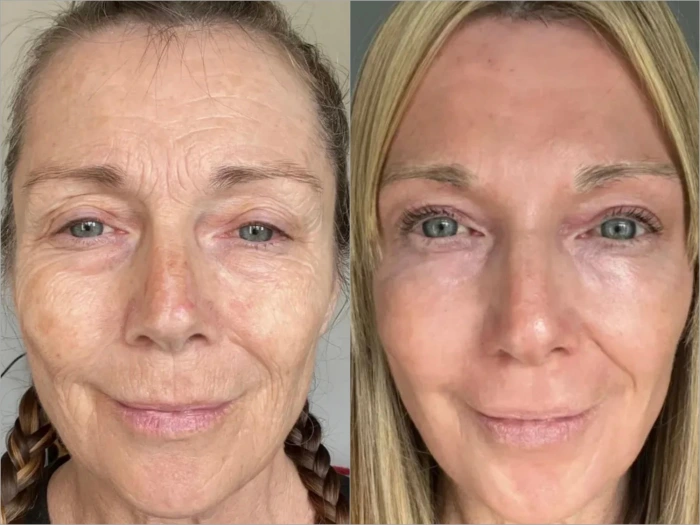
However, trends come and go. As patient demand for results that surpass what non-invasive lifting devices can offer has grown, laser companies have introduced a new generation of advanced ablative lasers that offer greater safety and control, sparking a resurgence in their popularity.
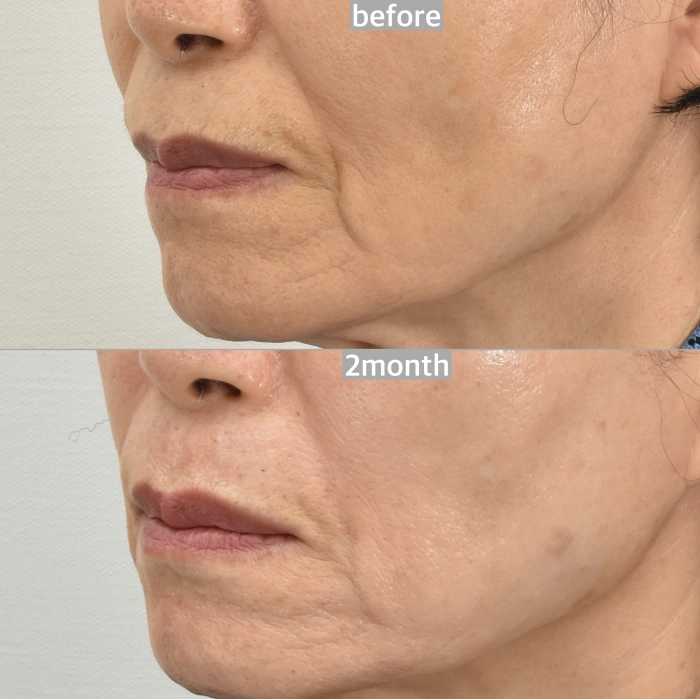
The Two Titans of Ablative Lasers: CO2 vs. Erbium:YAG
The two main players in ablative resurfacing are the Carbon Dioxide (CO2) laser and the Erbium:YAG (Er:YAG) laser. Let's break down their similarities and critical differences.
Common Ground: High Water Absorption
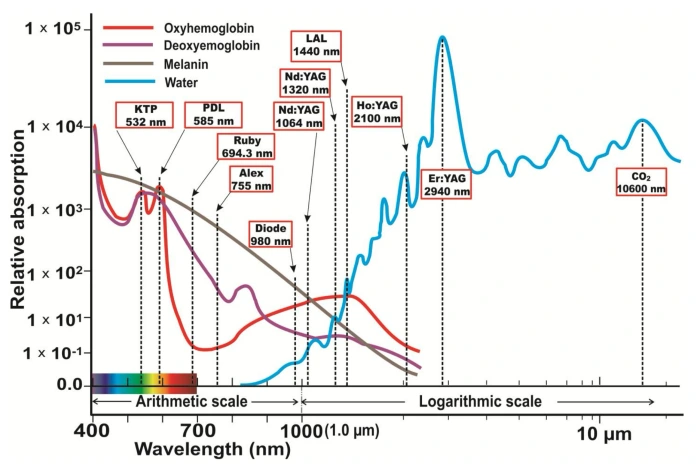
The biggest similarity between CO2 and Er:YAG lasers is their incredibly high absorption by water. Since our skin is about 70% water, this property allows both lasers to instantly and precisely vaporize skin tissue, layer by layer.
This property can also be used to protect tissue by applying a wet swab or gauze.
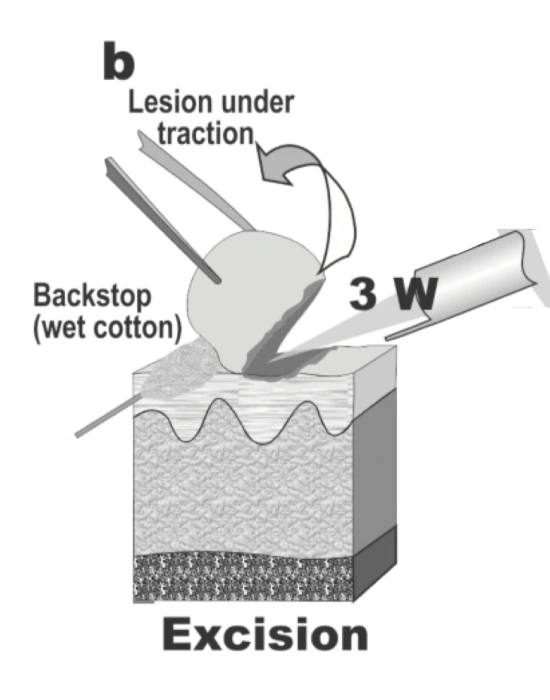
The Key Difference: Thermal Energy
Feature | CO₂ | Er:YAG |
Primary Mechanism | Residual thermal damage | Tissue ablation |
Absorption Coefficient | 800 cm⁻¹ | 13,000 cm⁻¹ |
Ablation Depth | shallow (~20–50 μm/pass) | deep, precise |
Recovery Speed | slower, prolonged redness | faster, fewer side effects |
Collagen Stimulation | high | moderate |
Safety | high risk at high power | relatively safer |
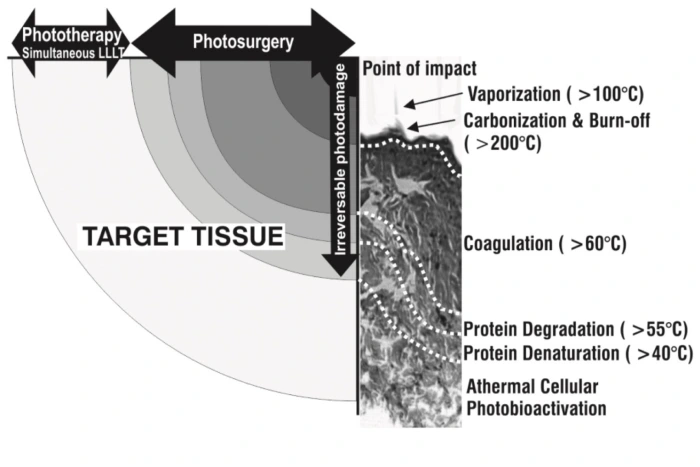
The most crucial difference lies in the amount of Residual Thermal Damage (RTD)—or heat—they leave behind in the surrounding tissue.
- CO2 Laser (Hot Ablative): As it vaporizes tissue, it delivers a significant amount of heat to the surrounding dermis.
- Erbium:YAG Laser (Cold Ablative): It is extremely efficient at vaporizing tissue with very little excess heat transfer.
The word "damage" might sound negative, but this residual heat is not necessarily a bad thing. This thermal energy is a powerful signal that triggers collagen shrinkage and stimulates fibroblasts to produce new, healthy collagen. This is the key to significant wrinkle reduction and skin tightening.
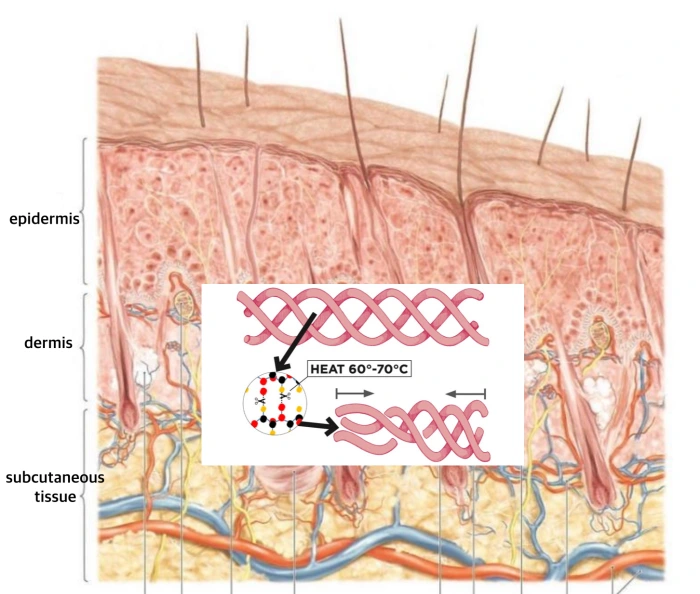
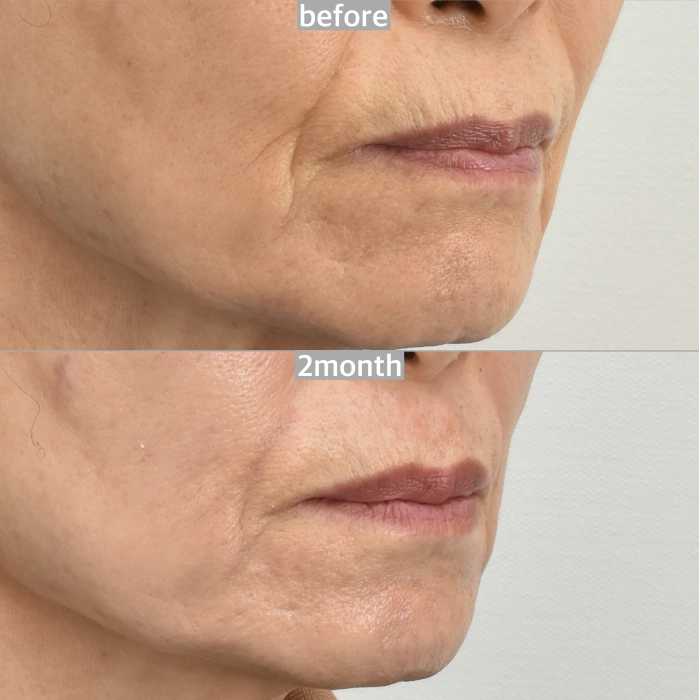
- The "Heat" of CO2: Leads to superior skin tightening and wrinkle reduction, but carries a higher risk of PIH if not used carefully.
- The "Cool" of Er:YAG: Offers a much safer profile with faster recovery and lower PIH risk, but with less dramatic tightening effects.
The ultimate choice depends on a careful evaluation of the patient's skin type (Fitzpatrick scale), the severity of the skin concerns, and their tolerance for downtime.
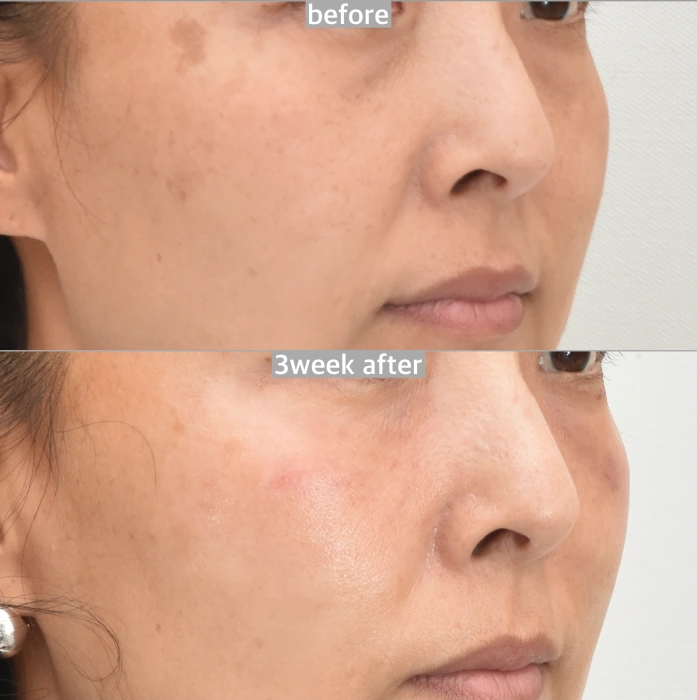
Treatment Methods: Fractional vs. Full Field Ablation

How the laser energy is delivered to the skin dramatically impacts the results and recovery.
1. Fractional Resurfacing

Instead of treating the entire skin surface, a fractional laser creates thousands of microscopic treatment zones, leaving the surrounding skin untouched. These islands of healthy skin act as a healing reservoir, allowing for much faster recovery and a significantly lower risk of complications. (The brand name "Fraxel" is often used to describe this method.)
2. Full Field (Full Ablation) Resurfacing

This method involves treating 100% of the skin surface in a specific area. It delivers the most dramatic results but requires a longer healing period and carries a higher risk of side effects.
3. The Noonopi Approach for Skin Rejuvenation
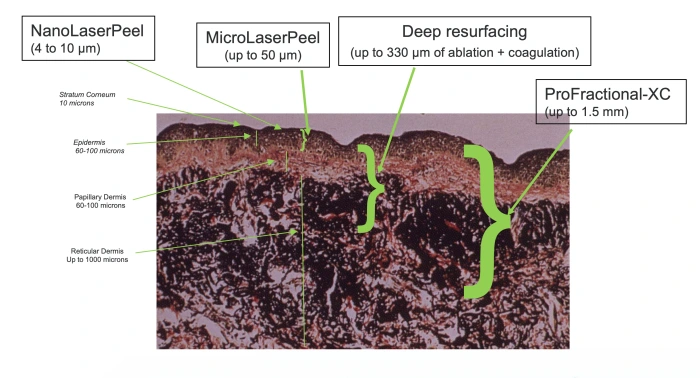
At Noonopi Plastic Surgery, we utilize the advanced Sciton Erbium:YAG laser. This platform allows for incredible versatility, enabling us to perform everything from a light NanoPeel to a deep full-field resurfacing. Crucially, its advanced technology allows us to precisely control the amount of thermal energy delivered, overcoming the traditional limitations of Er:YAG lasers and providing CO2-like results with a better safety profile.
Managing the Biggest Risk: Post-Inflammatory Hyperpigmentation (PIH)
The most common and concerning side effect of ablative resurfacing is PIH. Preventing it requires a dual effort:
- Surgeon Expertise: The ability to accurately assess a patient's skin type and precisely control the laser's depth and thermal energy.
Patient Compliance: Strict adherence to post-care instructions, including diligent sun protection, proper wound care, and sometimes pre-treatment with retinoids, is essential for a successful outcome.
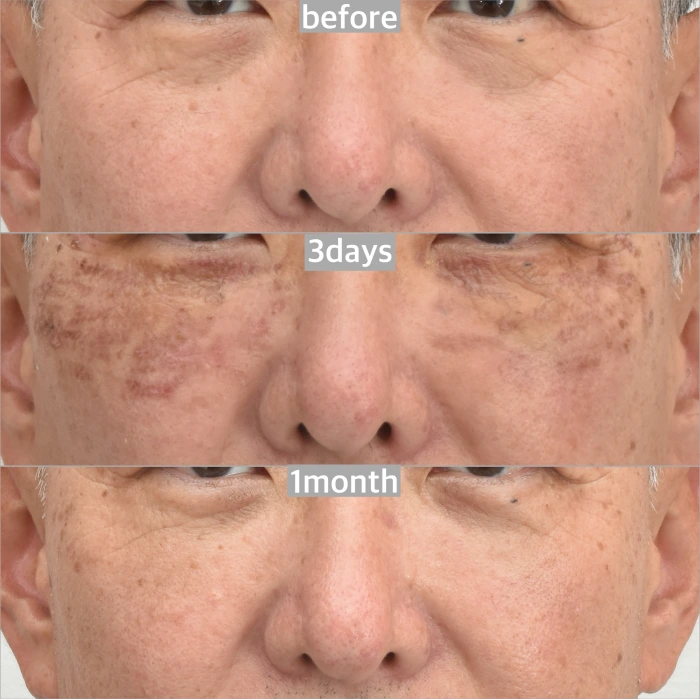
Before and after of eyebags repositioning combined with nano peeling laser.
Excellent results from laser skin resurfacing with proper aftercare.
Conclusion: Laser Therapy as a Complement to Surgery
At Noonopi, our primary focus is facial and skin rejuvenation. While surgical procedures like a endoscopic brow lift are highly effective for correcting sagging tissue, they have limitations when it comes to improving the intrinsic quality of the skin itself—fine lines and textural damage remain.

Noonopi Plastic Surgery are dedicated to researching and implementing advanced laser therapies to complement our surgical results. By combining the structural lift of surgery with the surface renewal of laser resurfacing, we can offer our patients the most comprehensive and satisfying solutions for facial rejuvenation.
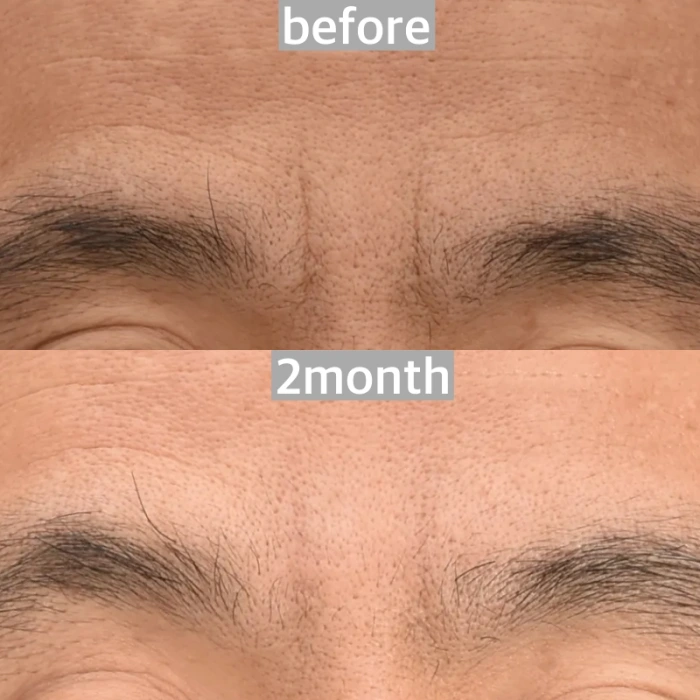
- No related posts.